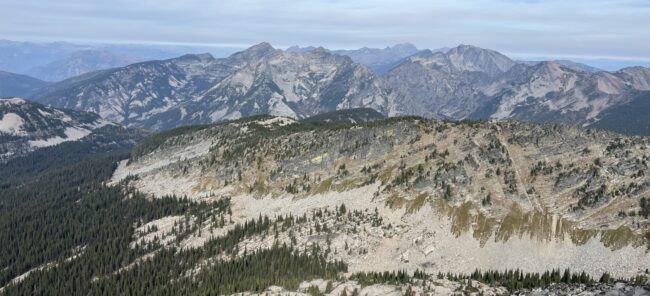
The Cabinet Mountains. Photo by Shannon James.
by Ben Catton
Hecla Mining Corporation’s plans to mine next to and underneath the Cabinet Mountains Wilderness are shortsighted and rife with pitfalls. The company has an arms-length rap sheet of bad behavior, including citations and forced closures for workplace safety violations, conducting unfair labor practices that led to a strike, poisoning water with cyanide spills, allowing toxic metals to pollute water and wildlife, violating permits, and so on. It’s an unacceptable list.
Hoping to thwart decades of resistance, Hecla has reframed its large Montanore Mine ambitions into the Libby Exploration Project, a “smaller” ore-surveying endeavor. It’s an obvious attempt to be given an inch in order to take a mile. Despite the rebranding, the Libby Exploration Project is still massive in ecological impact. The site is in the heart of our North American inland temperate rainforest, home to an isolated population of grizzly bears, wolverines, and bull trout, just to name a few of the threatened species in the area.
Unfortunately, the Libby Exploration Project is marching steadily towards approval. Earlier this year, the U.S. Forest Service released its draft environmental assessment (EA) for the proposed exploration project (see March 2025 Down to Earth). Not long after that, the project was granted FAST-41 status by the Trump Administration (see June 2025 Down to Earth). Objections to the draft EA were due August 5, and MEIC submitted vigorous objections alongside our partners and many of you who signed a petition.
Beyond the obviously problematic aspects of the project — such as its location and Hecla’s poor track record — the details of the Libby Exploration Project, including Hecla’s Plan of Operations and the EA, cry out for opposition. The documents downplay impacts or offer unclear plans for mitigating said impacts, ranging from the potential for dewatering of streams, increasing stream water temperatures, surface subsidences, and geochemical leaching.
Additionally, the documents don’t explain why different liners are used for two waste rock storage areas (which are notorious for leaking). They also omit the liners’ expected lifespans, performance in extreme temperatures, and how new and old liners will connect. The documents assume noise won’t travel far, but mining involves drilling, blasting, and heavy machinery; noise pollution alone can compel grizzly bears to avoid critical habitat.
Notably, the documents also gloss over important financial assurances and offer scant reclamation plans. Reclamation and closure costs are a critical part of project capital planning, but if underestimated or mismanaged, they can become a major public and environmental liability, as seen in the long-term damage left by other mines across Montana.
This project is not a cautious step forward — it is a dangerous repeat of past mistakes. MEIC is working to have the Forest Service reject Hecla’s proposal and prioritize the long-term protection of irreplaceable wilderness, wildlife, and water over short-term corporate interests.
This article was published in the September 2025 issue of Down To Earth.

